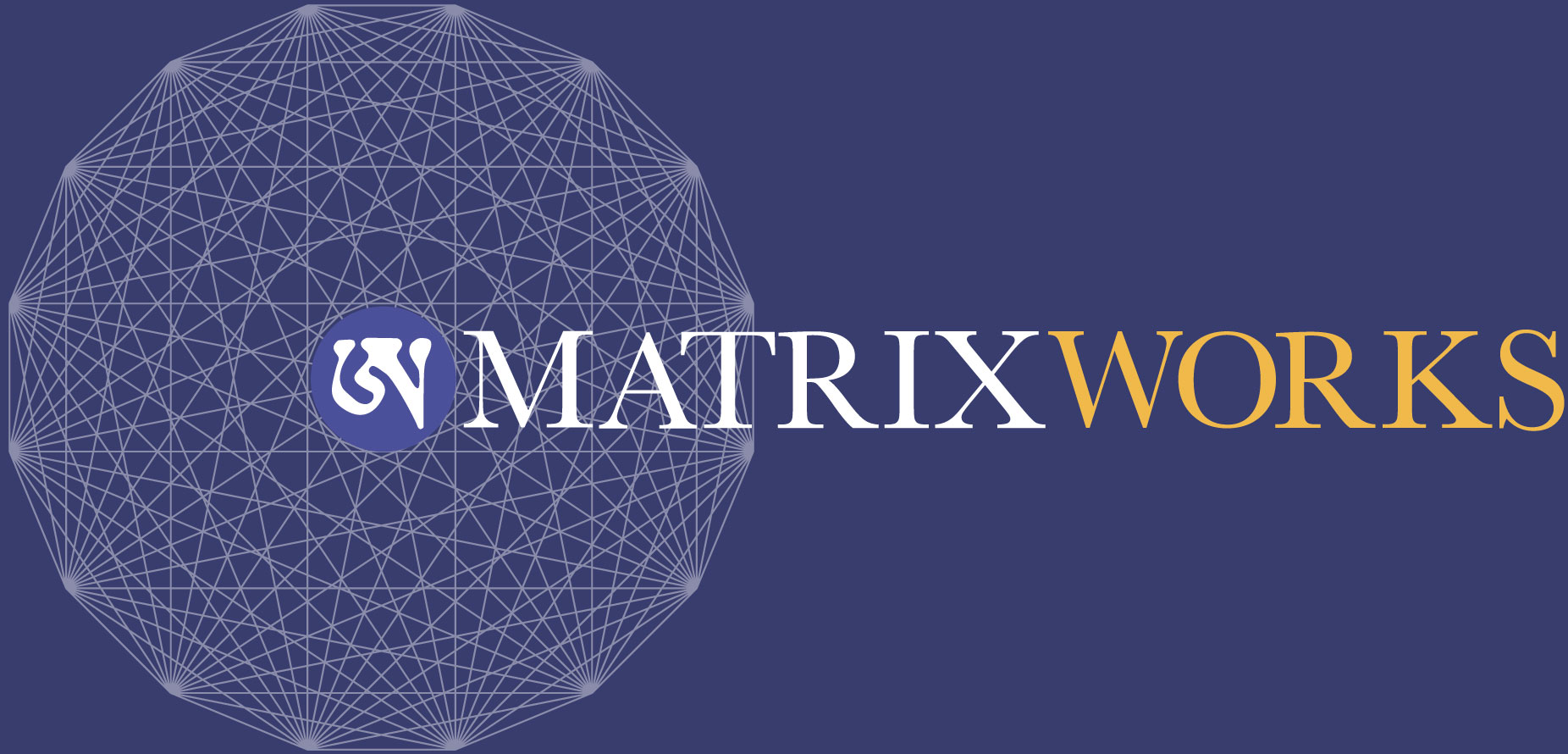This is a partner post to our Matrixworks podcast, Episode 6! (Click here to listen to the episode in the iTunes store)
In the past few episodes, we have been discussing skills necessary to have transformational groups in the 21st century. Today we will continue on this subject and talk about the role of somatic awareness as part of that toolkit.
So, what do I mean by somatic awareness? Somatic awareness is our capacity to use our bodies as an instrument of knowing and to make use of our eyes, our facial expression, even our physical proximity to the members of the group.
One of the most powerful interventions that a leader can make to demonstrate that they care and that they are hearing someone who is struggling is to physically move toward that group member. For some people, the leader will need permission to take this action, so I will often ask “is it OK if I come and sit closer to you?” I then make sure I’m tracking body language of member – they may say yes but shake head no, or I may see a visible contraction. Then with permission, I would go to sit beside or in front of and even to touch a non-threatening part of body, for example a shoulder, back, knee, or foot. This demonstrates beneath the level of verbal interaction by speaking to the person’s unconscious. It is like saying “I’m with you and I’m choosing to be on your side.” I am offering reassurance to the person’s unconscious that I really want to be an ally. If I move closer to a person, I continue to track how they are doing with my bringing myself closer to them, and I will modulate my voice as I go. My voice will get softer, almost as if I’m speaking to a younger part of that person. Often this is true – it allows the person to be in touch with the younger part of their consciousness. If I sense that the contact is too strong or has gone on too long (I would get that info from watching their body language) I would say I think it’s time for me to go back to my spot, watch their response and act accordingly.
After safety in the group has been established, I enjoy exercises where people sit back to back. I don’t do this right away. You have to get a feel that this is OK that this is not so beyond the innate culture of the group (especially with pre-existing groups) that it would cause people to shut down. However, once you get the feeling that the group is ready for something like this, it can be very powerful. Encourage them to feel the warmth of the back of their partner and find a place where they are receiving support and offering support at the same time. This is usually very satisfying and nourishing. There’s usually a lot of laughter afterward as people express their appreciation of their partner’s back. This is non-threatening physical touch. A similar exercise would be to have people walk with arms linked around the room. This also invites deeper levels of consciousness into group via physical experience.
Another important somatic skill for leaders is the use of the eyes in really being able to see and to allow yourself to perceive even the energy around the body. This can be set up as an experiment in dyads or triads. If you are tracking/doing a body reading as an exercise you may find that there is more energy in one part of the body more than another and you can explore that with these smaller groups.
Another element is the use of sound (a part of voice) and silence. Both sound and silence are aspects that really influence a group’s ability to move to a higher level of organization – to really become a living system. Renee Levi studied groups and found 7-8 indicators that show when a group transitions from simply a collection of individuals into a living system. Sounding (chanting or toning, for example) and silence were two of the most valuable indicators for transition into a living system state. I often use the syllable “ah” which means openness and all possibilities in the Tibetan tradition. People will often harmonize and you can feel the field coming together and being fed. This allows for the movement from the “me” to the “we” – towards the more collective level of consciousness. We don’t lose ourselves here, but we have its support available to us. The same thing happens in silence. An example of bringing silence into a group could be as simple as inviting people into mindfulness. Just letting there be stillness and silence. We often associate silence with contemplative traditions and meditations. For groups that go on for a long time, beginning with meditation can be great. This duality of sound and silence is a balancing polarity between movement and stillness – sounding is the movement, and silence is the stillness. Together, they result in a feeling of wholeness.
I hope this introduction is useful to you. We would love to hear how you use the body in your leadership exploration, and how you use voice and silence to create accessibility to power of small groups.
